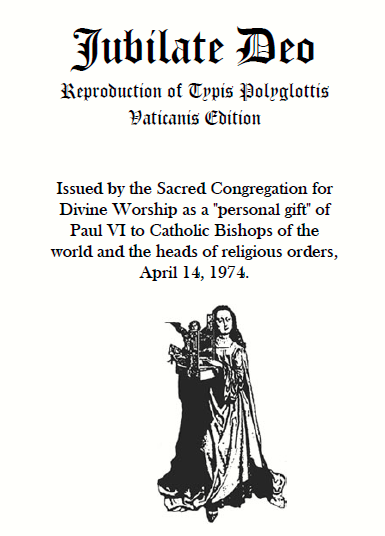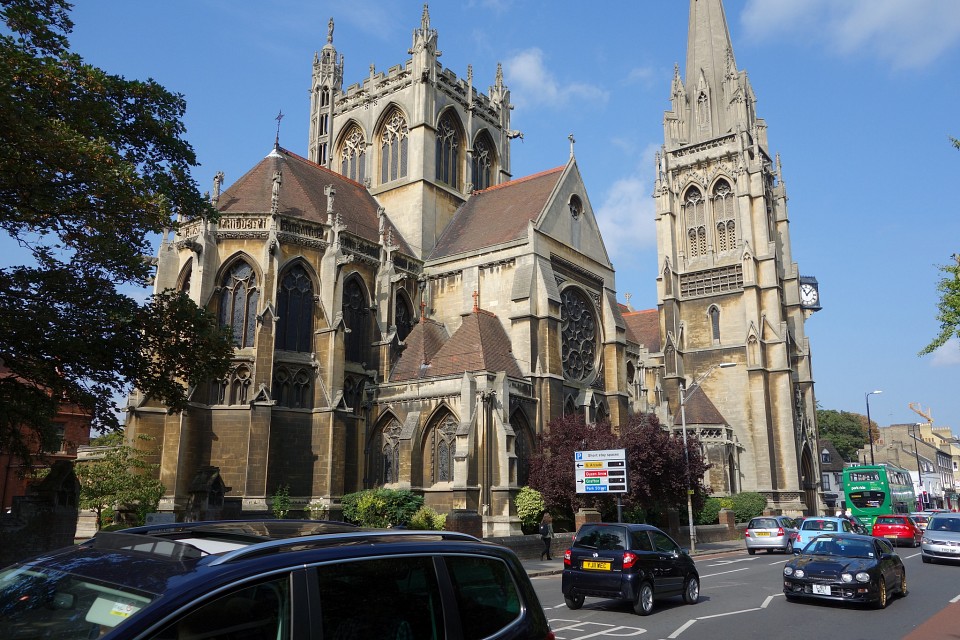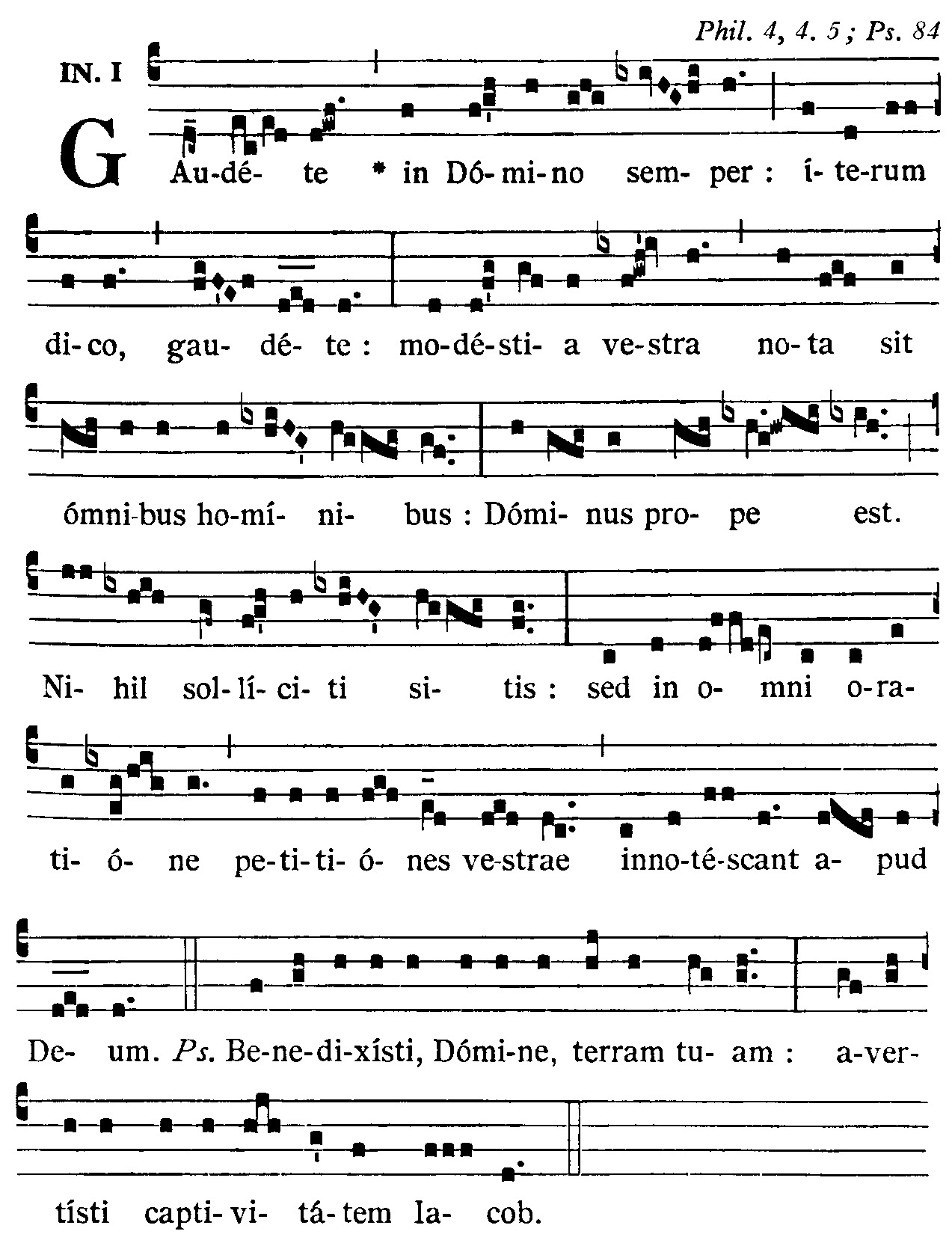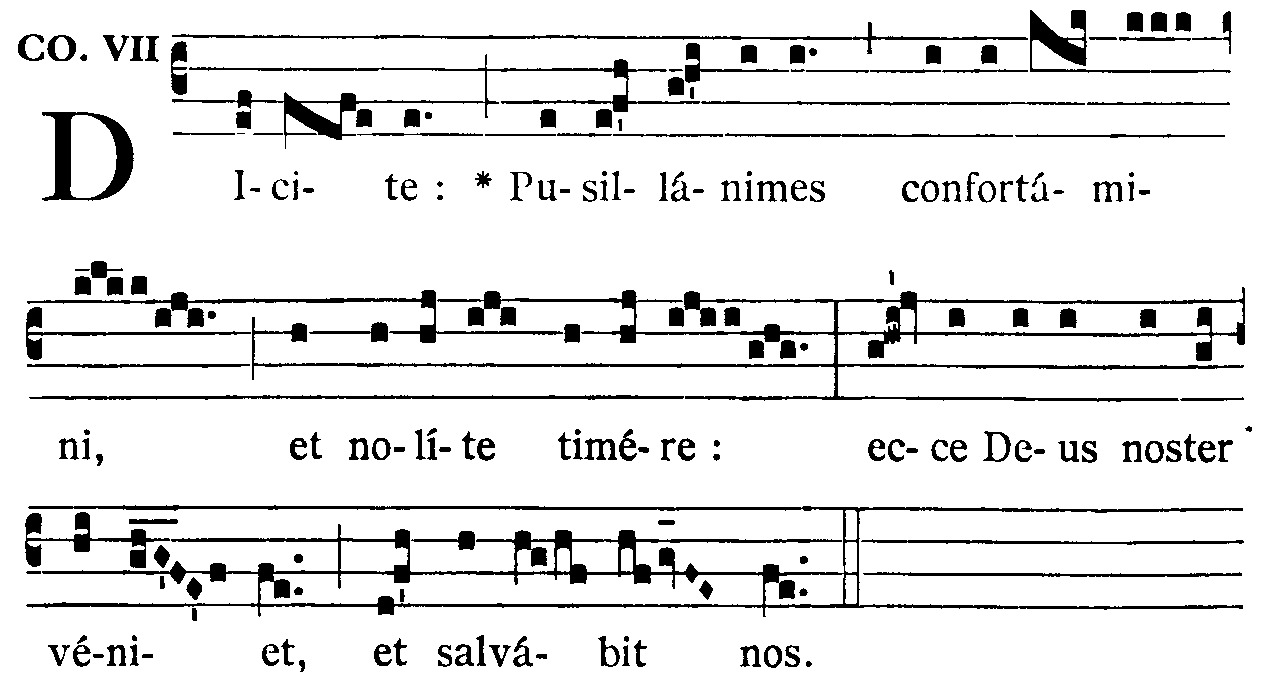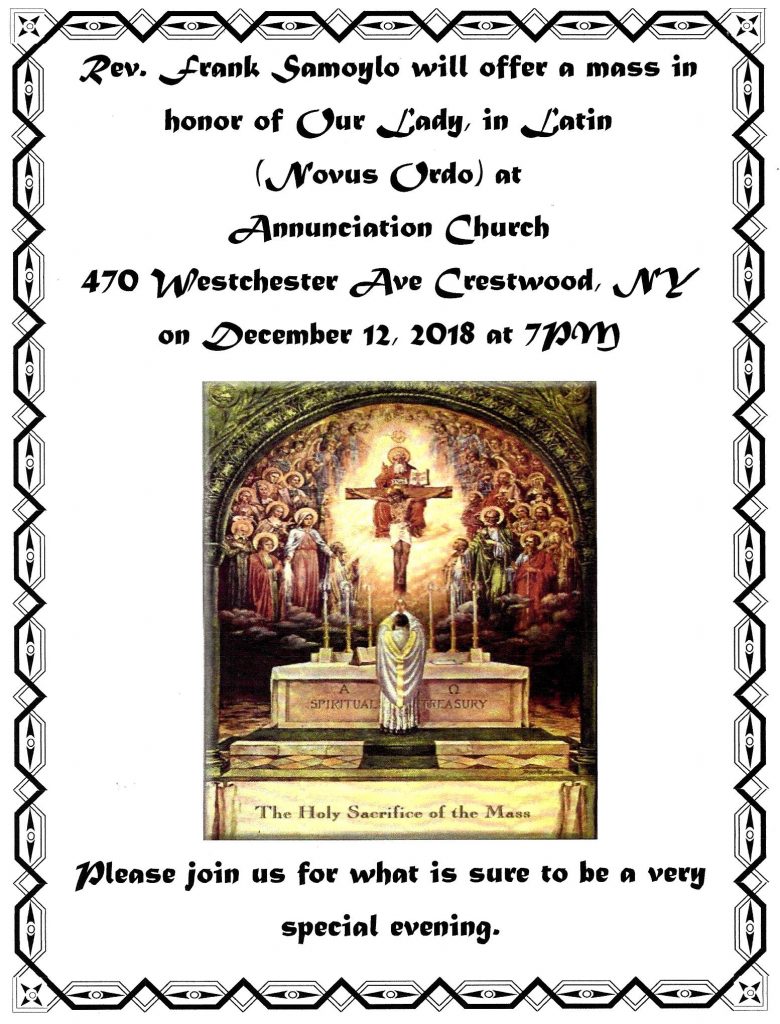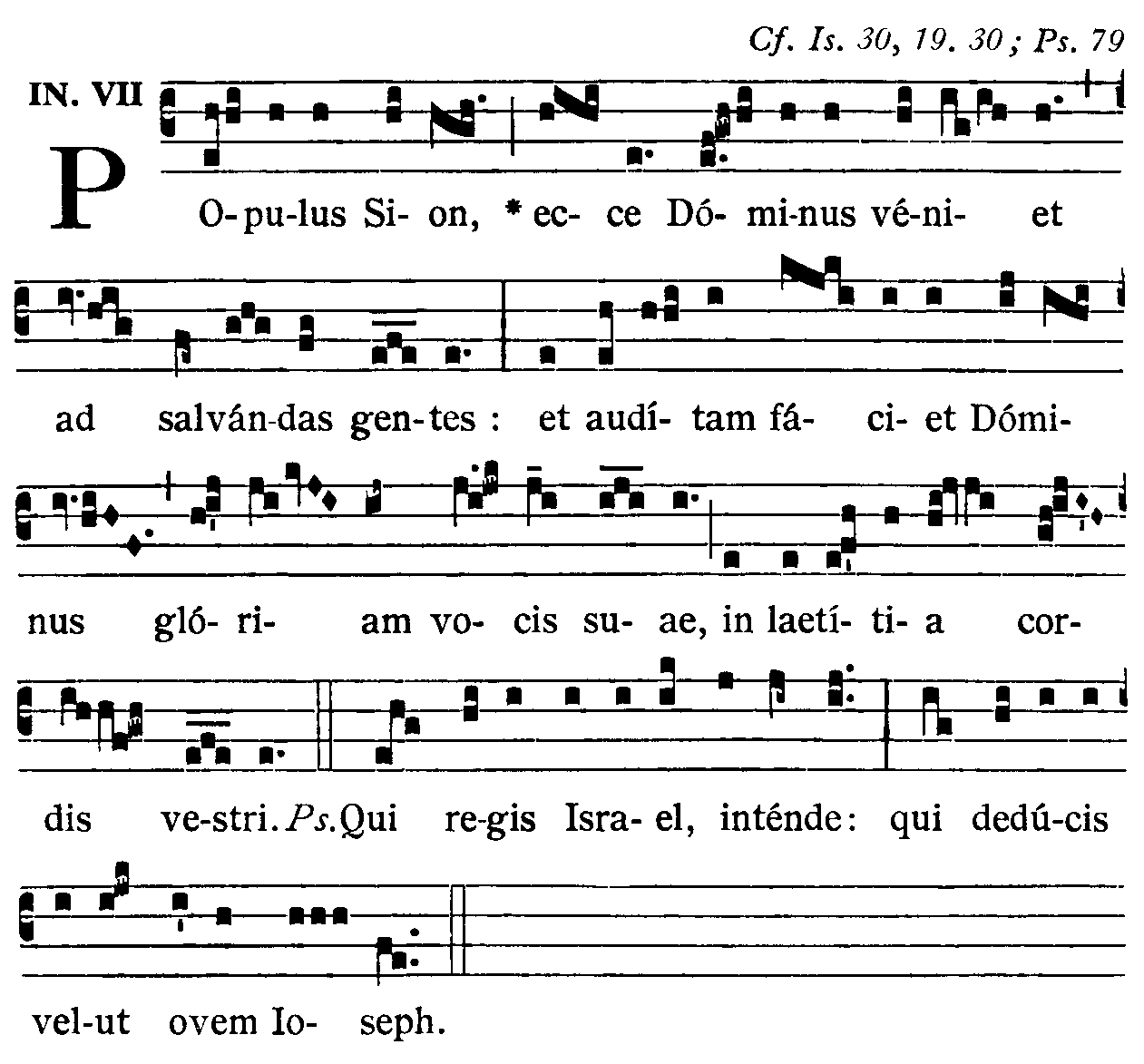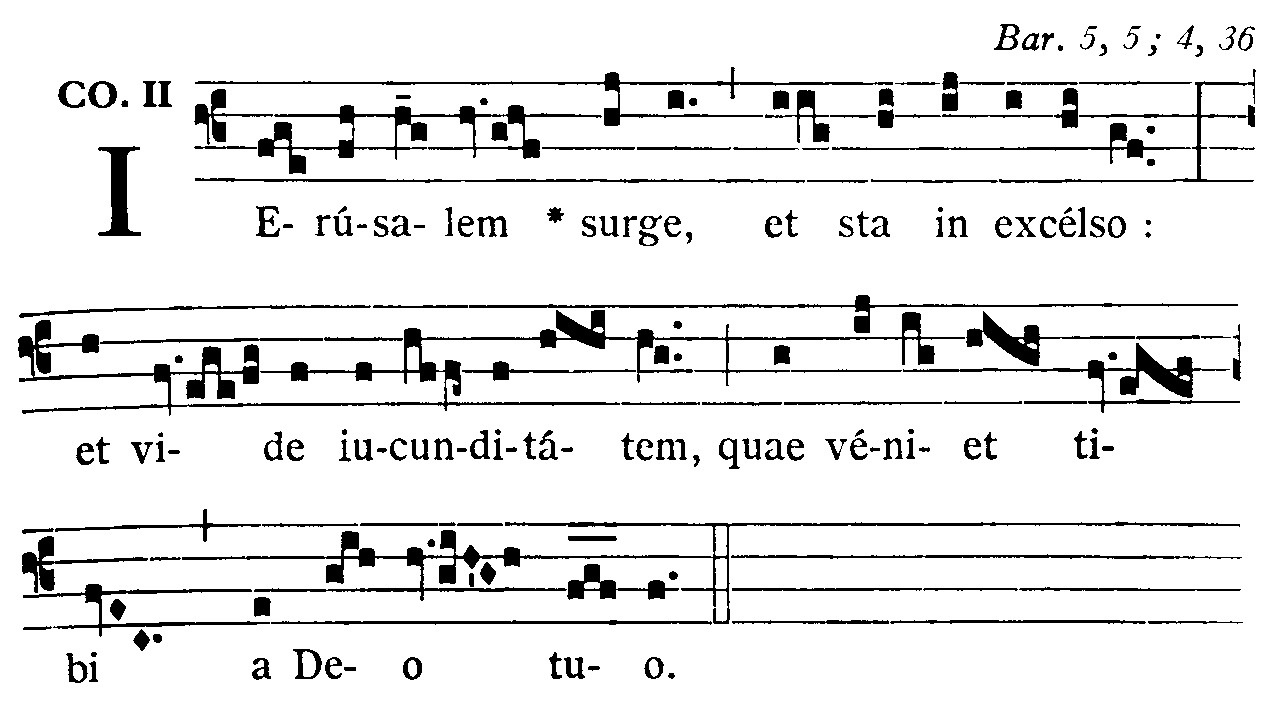Mons. James Douglas Conley, bishop of/bispo de Lincoln (Nebraska):
The symbolism of the priest and people facing ad orientem—to the east—is an ancient reminder of the coming of Christ.
More recently, it has become common for the priest and the people to face one another during the Holy Sacrifice of the Mass. The priest stands behind the altar as he consecrates the Eucharist, facing the people. The people see the face of the priest as he prays, and he sees their faces. These positions can have important symbolism too. They can remind us that we are a community—one body in Christ. And they can remind us that the Eucharist, at the center of the assembly, should also be at the center of our families, and our lives.
But the symbolism of facing together, and awaiting Christ, is rich, time-honored and important. Especially during Advent, as we await the coming of the Lord, facing the east together—even symbolically facing Christ together at the altar and on the crucifix—is a powerful witness to Christ’s imminent return. Today, at a time when it is easy to forget that Christ is coming—and easy to be complacent in our spiritual lives and in the work of evangelization—we need reminders that Christ will come.
In the ad orientem posture at Mass, the priest is not facing away from the people. He is with them—among them, and leading them—facing Christ, and waiting for his return.
Article in English here.
O simbolismo do sacerdote e do povo voltados ad orientem – para o oriente – é um antigo lembrete para a vinda de Cristo.Mais recentemente, tornou-se comum o sacerdote e o povo voltarem-se um para o outro durante o Santo Sacrifício da Missa. O sacerdote fica atrás do altar ao consagrar a Eucaristia, voltado para o povo. O povo vê a face do sacerdote quando ele reza, e ele vê as faces do povo. Estas posições podem ter importante simbolismo também. Elas podem lembrar-nos que somos uma comunidade – um corpo em Cristo. E podem lembrar-nos que a Eucaristia, no centro da assembleia, deveria estar também no centro de nossa famílias, de nossas vidas.Mas o simbolismo de estar voltados juntos, e esperando por Cristo, é rico, consagrado pelo tempo e importante. Especialmente durante o Advento, ao esperarmos a vinda do Senhor, voltar-se juntos para o oriente – mesmo simbolicamente, voltando-se juntos para Cristo no altar e no crucifixo – é um poderoso testemunho para o iminente retorno de Cristo. Hoje, num tempo em que é fácil esquecer que Cristo está voltando – e fácil sermos complacentes em nossa vida espiritual e na obra da evangelização – precisamos de lembretes de que Cristo retornará.Na postura ad orientem na Missa, o sacerdote não está de costas para o povo. Ele está com eles – entre eles e guiando-os – voltado para Cristo e aguardando seu retorno.

